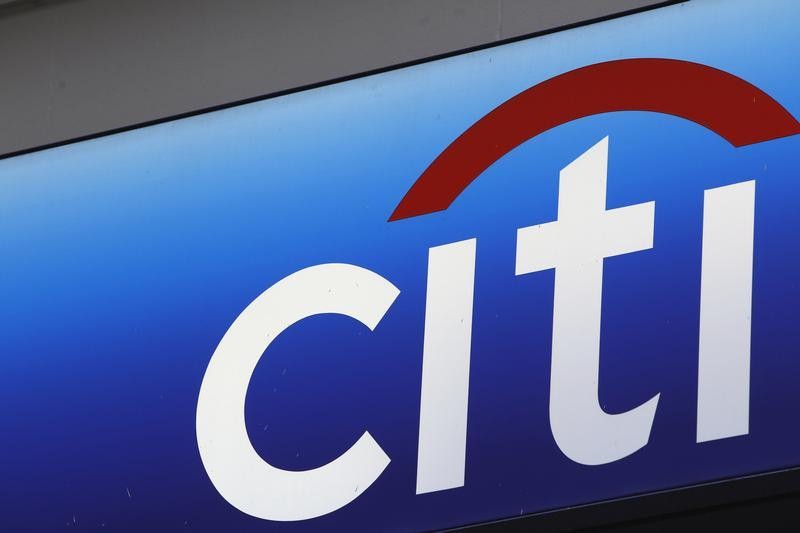This article/post contains references to products or services from one or more of our advertisers or partners. We may receive compensation when you click on links to those products or services
The current strength of the U.S. dollar has investors considering whether or not they should hedge currency.
Although a strong dollar benefits U.S. tourists traveling abroad, it can hurt investors’ returns. This is because returns in non-U.S. investments are in local currencies.
You can lose money when you convert those currencies to a strong U.S. dollar, which is why there’s been a lot of buzz about currency hedging lately. But is hedging currency actually beneficial? Read on to learn more.
The Short Version
- Currency hedging is when a company agrees to sell a specific amount of a particular currency at today’s exchange rate on a future date.
- Locking in the price at today’s exchange rate prevents gains if the currency’s value goes up but also prevents company losses if the currency’s value goes down.
- Investors can reduce risk exposure by using currency-hedged ETFs and mutual funds.
What Is Currency Hedging?
Currency hedging is a strategy that helps protect investors from the risks associated with fluctuations in foreign exchange rates. The exchange rate significantly impacts companies that trade on foreign exchange markets or conduct business across borders since they have to convert any income from abroad to the domestic currency.
By using currency hedges, investors can lock in a rate for a future transaction, mitigating the risk of loss if the value of the currency changes. There are a few different ways to hedge currency risk, but forward contracts are the most common.
Read more >>> 6 Best Inflation Hedges To Protect Your Portfolio
Forward Contracts
A forward contract is a contract to buy or sell an asset at a price on a specific date in the future. Investors often use forward contracts to hedge against currency risk.
For example, imagine you are an investor who owns a portfolio of Japanese stocks. You are concerned that the value of your investment might decline if the Japanese yen weakens against the U.S. dollar. You could enter into a currency forward contract to sell Japanese yen and buy U.S. dollars to protect your portfolio. If the yen weakens against the dollar, you can offset some of the losses in your portfolio with gains from your currency forward contract.
Of course, hedging is not without its risks. If the yen strengthens against the dollar, you could miss out on potential gains in your portfolio. And even if the yen weakens as you expect, the magnitude of the move might not be enough to offset losses in your portfolio.
While forward contracts can be useful, they’re all risky because they’re unregulated. Forward contracts can be susceptible to defaults. Also, since forward contracts are only settled on the settlement date and are not market-to-market, the forward rate in the contract could differ significantly from the spot rate at the time of the settlement.
Currency-Hedged Funds
Currency hedging is also applicable to investments in mutual funds and ETFs. Investors can reduce their risk exposure by using currency-hedged ETFs and mutual funds.
A hedged portfolio can incur more costs, but it can also serve as protection during a sharp decline in the currency’s value. For example, say that two mutual funds are made up entirely of companies from one country. One fund does not hedge currency risk, while the other purchases forward contracts on the currency.
If the currency’s value stays the same or increases compared to the dollar, the portfolio that is not hedged will do better since that portfolio is not paying for the forward contracts. However, if the currency declines in value, the hedged portfolio will perform better because that fund has hedged against currency risk.
How Does Currency Hedging Help Investors Reduce Risk?
Currency hedging can protect investors from inflation, interest rate changes, and currency exchange rate fluctuations.
Currency-hedged ETFs and mutual funds can also help investors reduce their risk exposure. However, while hedging reduces potential risk, it also can decrease potential gains.
Top Currency-Hedged ETFs
Investors can reduce risk exposure using currency-hedged mutual funds and exchange traded funds (ETFs). Some ETFs specialize in limiting exposure to currency exchange rates.
Currency-hedged ETFs come in single-currency or multiple-currency; single-currency-hedged ETFs are more common. Many of the most popular currency-hedged ETFs are provided by iShares. Here are a few examples:
Not that a standard ETF that merely invests in foreign markets won’t protect you against currency fluctuations. Only ETFs that are specifically designed to be currency-hedged can offer some protection against exchange rate hits.
Pros & Cons of Currency Hedging
Weighing the pros and cons of currency hedging is an art. A company or investor should consider their specific circumstances to determine whether currency hedging is right for them.
pros
- Reduces potential risk
- Potentially reduces losses for the investor
- Gains from hedging are often realized in the long-term
- Protects somewhat from inflation, interest rate changes, and currency exchange rate fluctuations
- Easy for investors who don’t have time to monitor and check investments
cons
- Reduces potential gains
- Can prevent quick reactions to market condition changes
- Costs and expenses
- Can be difficult to understand
The Takeaway
Currency risk affects companies and international investors, which can, in turn, cause effects in other market participants worldwide. Currency swaps can help companies and investors with currency risk to improve their risk-and-return profile. Although hedging currency can reduce some potential returns, the risk reduction can be worth it for some companies and investors.
Further reading:
















